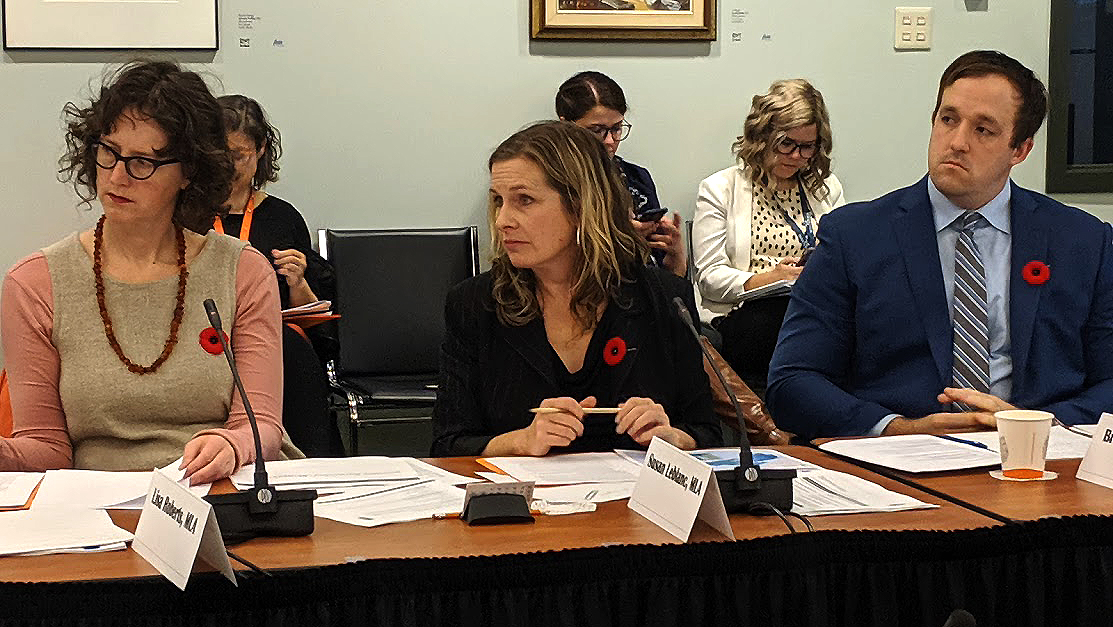MLA impatient for results of poverty reduction strategy
This is Year 3 of a five-year plan to create a poverty reduction blueprint

caption
Susan Leblanc (centre) quizzes witnesses at the Standing Committee on Community Services.Nova Scotia needs to address large-scale poverty issues across the province, says the NDP MLA for Dartmouth North, Susan Leblanc.
On Tuesday, the Standing Committee on Community Services heard reports on the ongoing Poverty Reduction Grants program, which gives local organizations money to fund community services and projects. The deadline for organizations to apply for the coming year’s round of poverty reduction grants has passed.
But Leblanc said these projects aren’t enough.
“The granting programs are great, and some of the projects on the ground in communities are great, but they are not a solution to addressing the root causes of poverty in Nova Scotia,” she said. Related stories
With the rising costs of rent and power, Leblanc worries about people living on low income, and said the plan isn’t comprehensive.
“The issues with poverty in this province are substantial, they’re very serious, and they need immediate action,” Leblanc said.
Other MLAs on the committee echoed her concerns.
High childhood poverty rates
Joy Knight, the executive director of Employment Supports and Income Assistance (ESIA), said the program this year is focusing on children’s issues. Between 2015 and 2017, Nova Scotia was the only province that saw childhood poverty rates rise, according to Statistics Canada.
She said she spoke with people all over the province about what issues they face while living in poverty.
“Young people are becoming too large of a proportion of our caseload, and too many people are coming to our door with us as their only option,” Knight said.
At the committee meeting, Knight said 50 per cent of all grant funds this year will go to low-income families with children. ESIA uses data from Poverty Reduction Grant-funded projects to find out what works and what doesn’t.
Work in progress
This is the third year of a five-year plan to create a poverty reduction blueprint, which will be used to tackle poverty province-wide, once finished. The government has committed $20 million to the blueprint.
The plan aims to build income security among Nova Scotians by doubling the poverty reduction credit, providing money to those staying in homeless shelters, and allowing those on income assistance to save more income.
Leblanc said it’s “extremely concerning” that the poverty reduction strategy has cost $10 million so far and there is still no comprehensive plan.
She wants to see a substantial increase to income assistance, availability of low-cost rentals, a higher minimum wage, and after-school childcare.
“There is a terrible mess here where people cannot afford to live,” she said.
Knight said that the poverty reduction blueprint is still a work in progress, and the more organizations that use the grant money, the more her department learns about what the community needs.
“We never want to assume we have all the answers,” she said.
She added that she’s gotten positive feedback about the grant program.
“Clients have told us their lives are better,” Knight said. “We know that the grants are an excellent piece of that.”
About the author
Lucia Helder
Lucia Helder has interned at Maine Public and is the copy editor of the Dal Gazette.

K
Katherine Reed
B
Brenda J Thompson